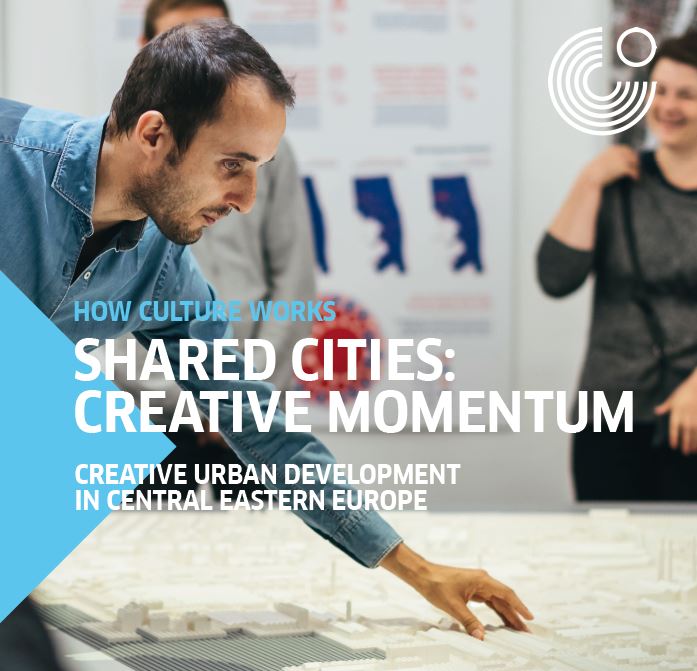
How Culture Works
"DOES EVERYTHING ALWAYS HAVE TO BE ASSESSED?" No. But when cultural work is financed with public funds, there is a necessity to evaluate.
Prague Permanent linkWhat happens when a fan of inclusive cities, consumer of exhibitions and publications on architecture and one of the authors of the Shared Cities: Creative Momentum project feels the politics of the region kick in?
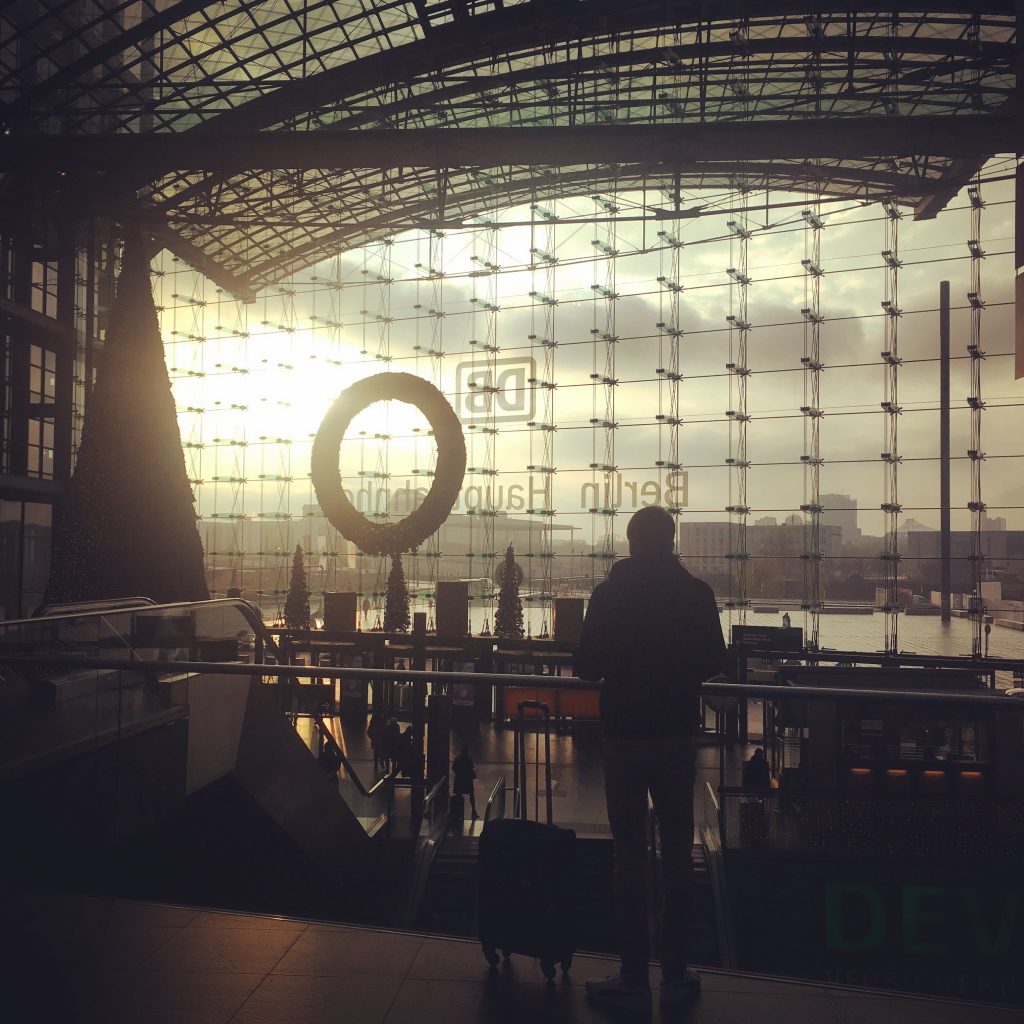
Stunning morning at the Hauptbahnhof, Instagram© #mwalker
I don’t have enough fingers to count how many times during the past year somebody has approached me with: “So you work in Slovakia, Czech Republic, Hungary – are you the one with populists in the government?” or “Your people really don´t like immigrants, do they?” Or even better “Are you the next Brexit?” Sometimes I get these “questions” with genuine curiosity, black humour and sometimes with a portion of embarrassment. If you live in Central Europe and have at least minimal access to Facebook, you must sense them too.
Ok, but shouldn’t I be talking about cultural projects, sharing and architecture? This is politics, you may argue. True, but we do live “in the politics”, so I am actually talking about me or you, your friends and families. I am talking about increased mobility, the changing lifestyle in our cities and the specific emotions we infuse daily. As one of the authors of Shared Cities: Creative Momentum – a project exploring aspects of sharing in cities, let me show you, how all of that got into my recent business trip between Berlin and Katowice.
Berlin, Nov 30, 9:06 am
After departing Prague I wake up in the majestic and multilayered Berlin Hauptbahnhof. I am overwhelmed by this hub that tens perhaps thousands people share every day. I arrived to Berlin ona comfortable night-train called Metropol. It connects Budapest and Berlin via Bratislava, Prague, Dresden. For years it had been called Avala and it used to stretch down to Belgrade. Not a long time ago a decision was made to cut the line in Budapest – Belgrade is now connected through its own separate line.
Our own version of the Orient Express, this strong central European piece of infrastructure, is amazing. The train runs every 2 hours and connects 5 out of 7 project cities, 5 capitals of Shared Cities: Creative Momentum. You could say our project is based around this train connection.

A stunning morning at the Berlin Hauptbahnhof, © #mwalker
I am coming to Berlin to meet inspiring people from our partner organizations – reSITE, Vysoká Škola Výtvarných Umení, KUNSTrePUBLIK, Česká Centra and Association of Belgrade Architects – to brainstorm about displaying aspects of sharing.
While enjoying the beautiful views of Tiergarten thorugh the windows of one of the most prestigious galleries in Berlin, we envision what format one of the final products of our SCCM project could have. Could the Shared Cities exhibition reach to other audiences than the usual suspects of educated consumers of gallery spaces?
During our workshop events in the following days, external critics mostly from Western Europe come and ask us the same questions: “What view on sharing do you take? What about your polarized region?” They also mention the contradiction between sharing, shared economy and populism and suggest to tell the story of the place where we live.
Dang. The modernist space and the beautiful setting of the gallery might confuse my sentinels for a few hours, but here we get the same notion again. The regional aspect of sharing in Central and Eastern Europe creates a strong narrative.
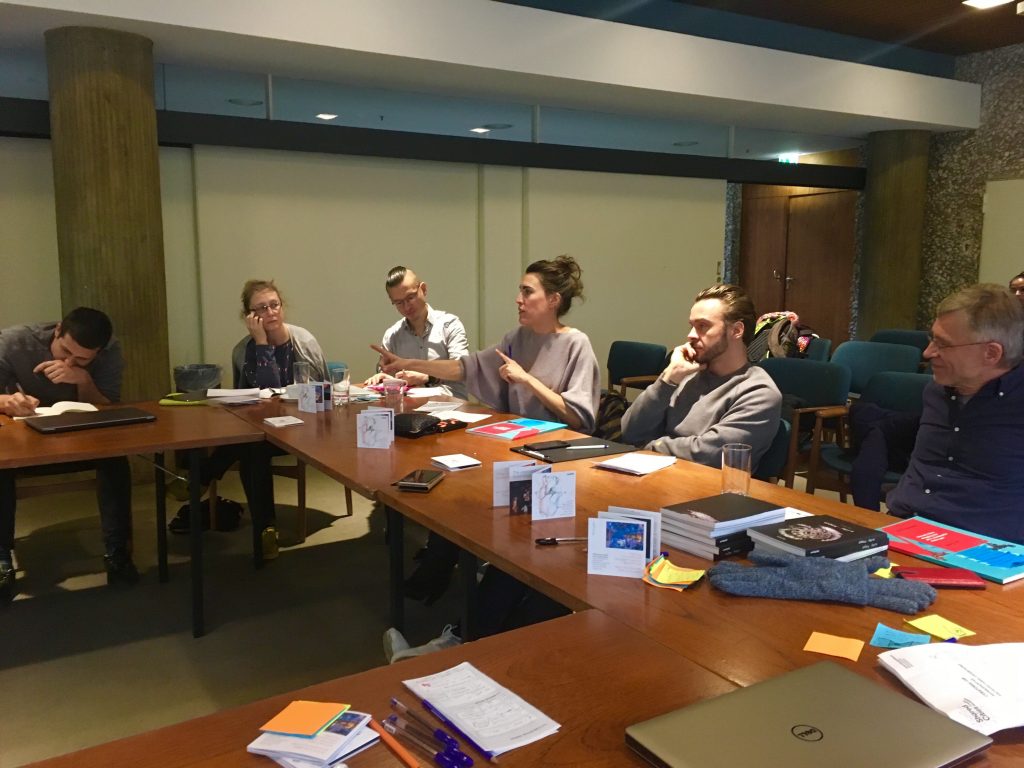
Our debate during the SCCM exhibition workshop, Berlin, Akademie Der Künste. Charlie Koolhaas, Lukas Feireiss, Jaroslav Andel ©Milota Sidorová
En route: Berlin-Krakow, Dec 1st, 06:06 am
There is no train connecting Berlin and Katowice, the city where I am heading to carry on my project tour. I take an expensive taxi to the airport to balance the cheap, early morning flight. The Turkish driver barely speaks any English. He has lived in Berlin for twenty years. My sleepy brain kicks in and we discuss gentrification and the rising living costs in decent German. “Schöne Reise”, the man shakes my hand and I wish best for his wife who has recently lost her job. My plane is full of pale and sleepy people. The shared air circulates all our viruses. I envision myself sick again, so I take on my drape and put it on.
Katowice, Dec 2nd, 1:13 pm
Sleep deprived, I visit Data for Culture, the final exhibition covering a year long research mapping the audience of Katowice´s cultural events. The exhibition was curated by Medialab, Miasto Ogrodow, our Polish Partner. I am freezing, as I forgot how cold it gets in Katowice – this formerly industrial but recently UNESCO named City of Music.
“This exhibition is divided into two parts. The bottom part, the black box is meant for professionals, people working in culture, municipalities and strategy planning,” says Karol Piekarski, Head of Research Department and the curator of the exhibition. The upper part (smartly placed) near the cafeteria displays a short colorful summary for the general public. The bottom part of the exhibition offers a lot of data for experienced cultural mappers. The upper part uses cartoon characters and dialogue samples describing daily cultural situations. I start to connect the dots between cultural patterns of a population and an individual like me or you. Satisfied I go out for some fresh air. I spot a crowd of people gathered in front of the exhibition building. People hold slogans, rainbow flags. They demonstrate against a much bigger gathering that verbally attacked Polish members of European Parliament last week.
I hear our critic curators (Lukas Feireiss, Charlie Koolhaas and Jaroslav Andel) in my head: What about your region? I get nervous witnessing the development of my region literally a few meters away from the product of our work. We do live in politics. It intervenes in our lives, gets closer and closer. The work on SCCM, whether our exhibition, book or our next lecture takes place in the changing context of the Central and Eastern European region. Whether we take a rational, an emotional, a conservative or a more experiential approach, one thing is certain: today, being artistic or beautiful isn’t enough. Shared Cities: Creative Momentum needs to tell the whole story of sharing in Central snd Eastern European cities.
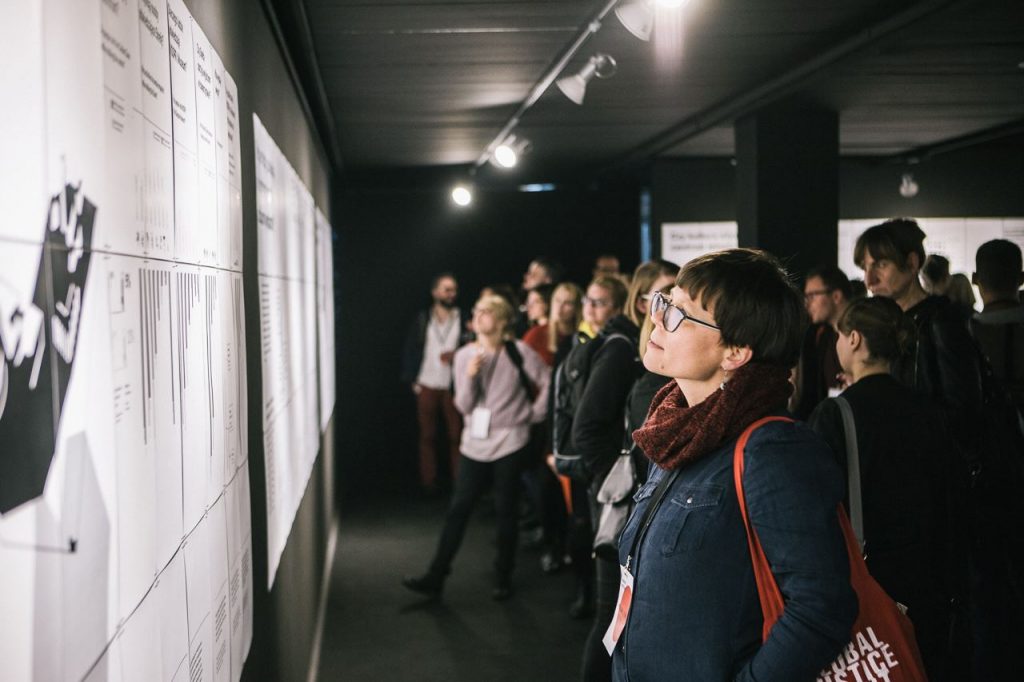
Data for Culture, exhibition for professionals, Katowice, ©Miasto Ogrodow, MediaLab
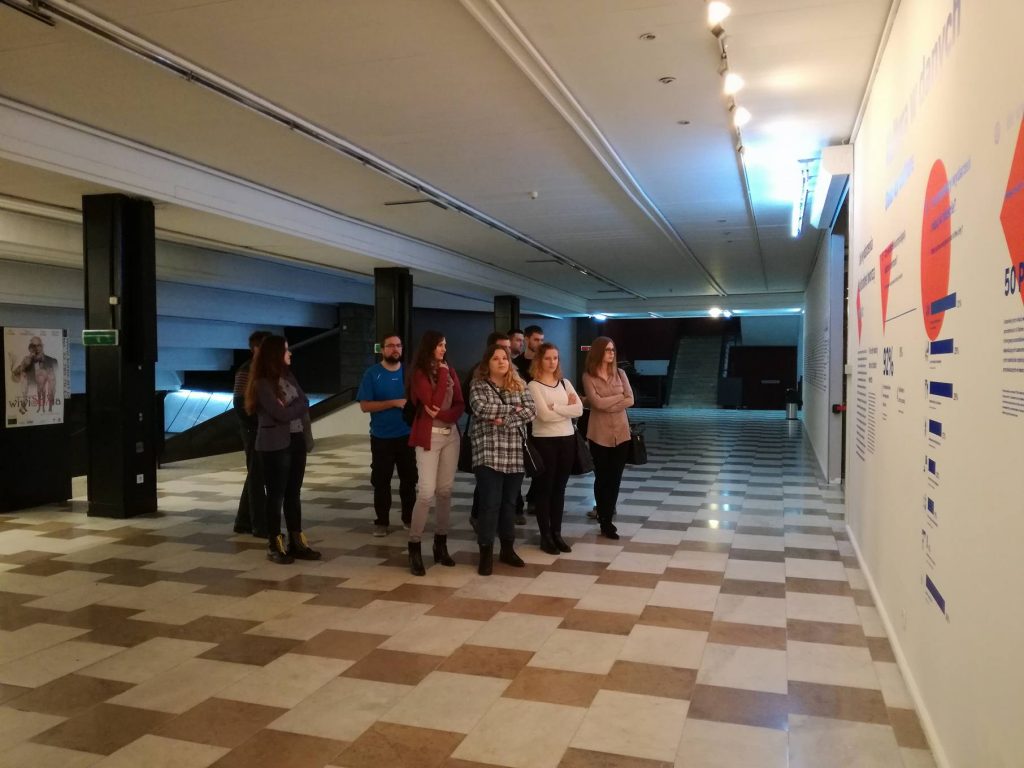
Data for Culture, Exhibition summary for general public, Katowice, ©MediaLab Katowice
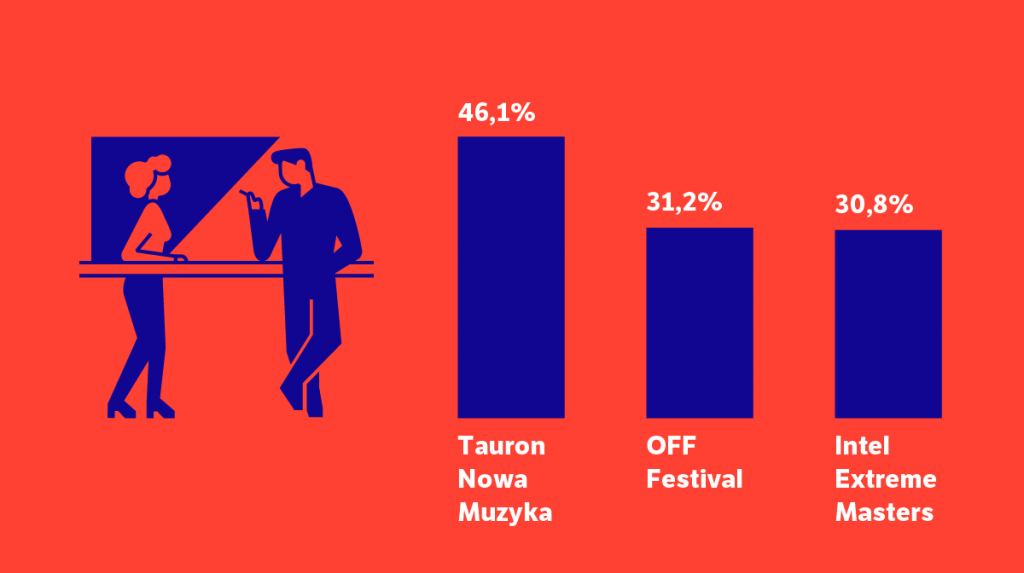
Graphic summary of the exhibition ©MediaLab
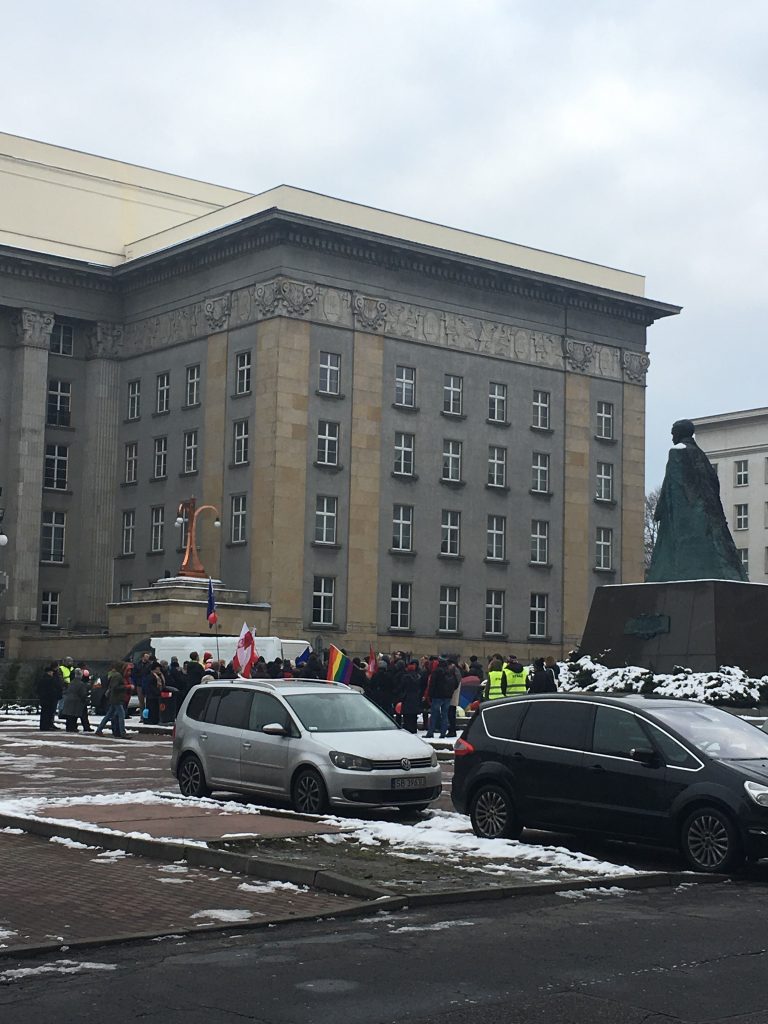
Pro democratic gathering on plac Sejmu Śląskiego ©Milota Sidorová
Milota Sidorová, Programme Manager, Shared Cities: Creative Momentum, Goethe-Institut

"DOES EVERYTHING ALWAYS HAVE TO BE ASSESSED?" No. But when cultural work is financed with public funds, there is a necessity to evaluate.
Prague Permanent link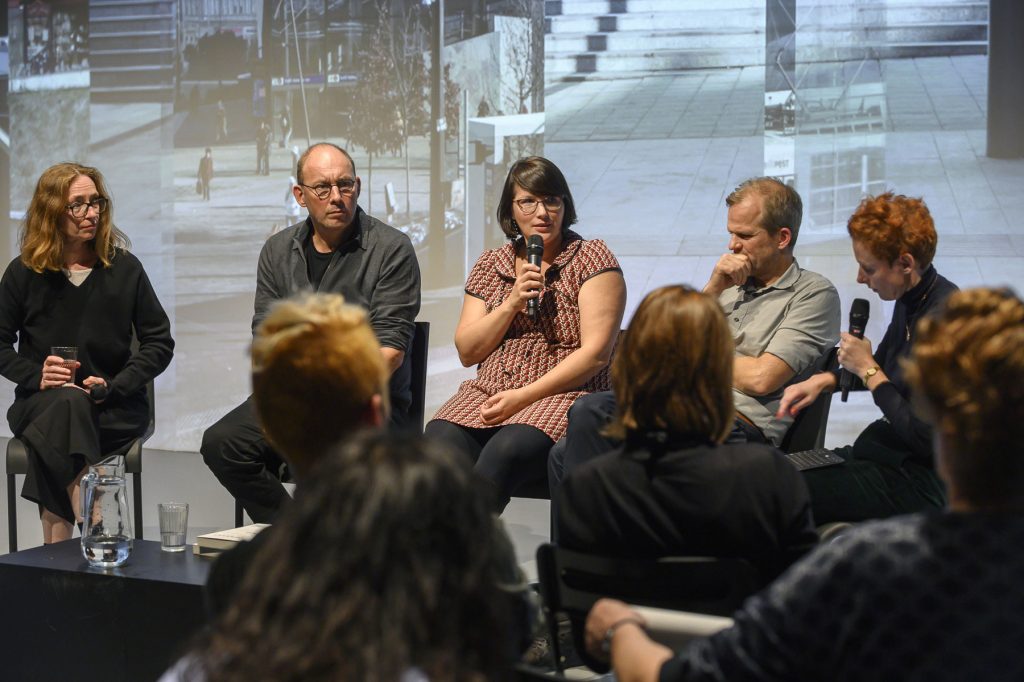
The one-day programme was based on discussion formats with renowned European architecture theorists, curators and urban researchers.
Prague Permanent link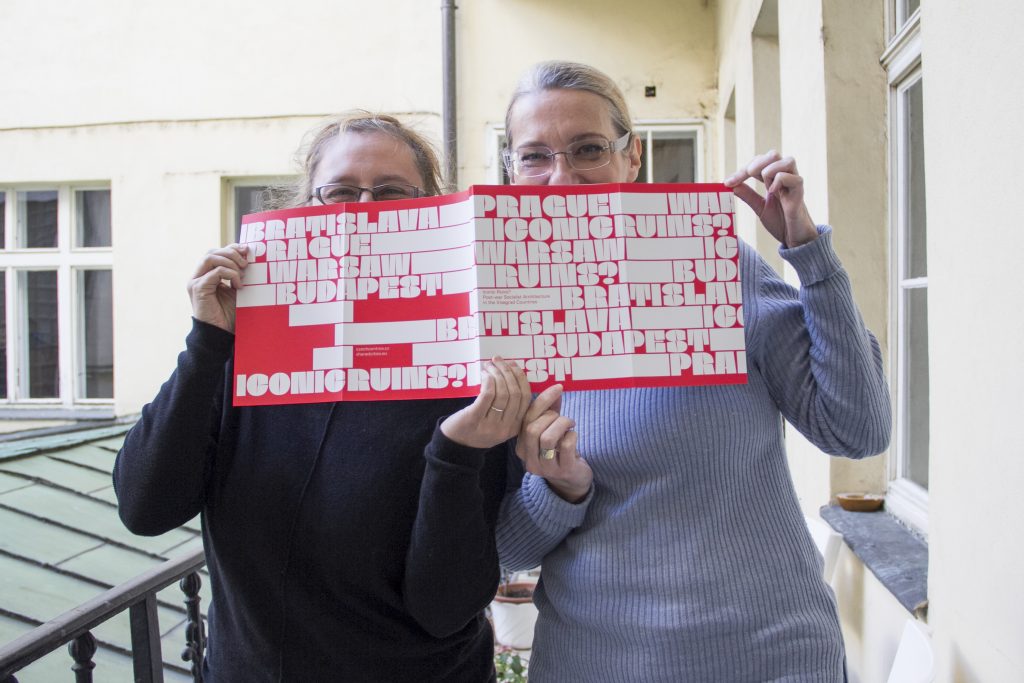
Within Shared Cities: Creative Momentum the Czech Centres realized the "Iconic Ruins?" exhibition and an economic impact evaluation of the project. How does the future of the exhibition look like? What are the benefits of having an economic analysis of the project? Find the answers in the interview with Ivana Černá and Sandra Karácsony from the Czech Centres / Česká Centra in Prague, Czech Republic.
Prague Permanent link